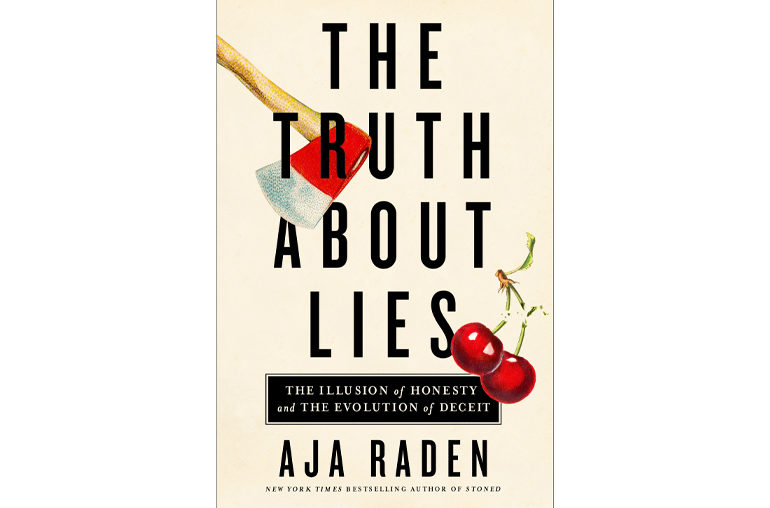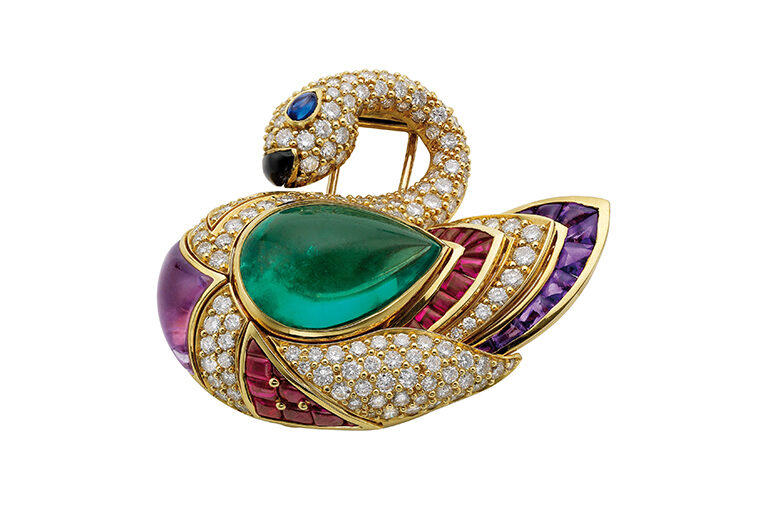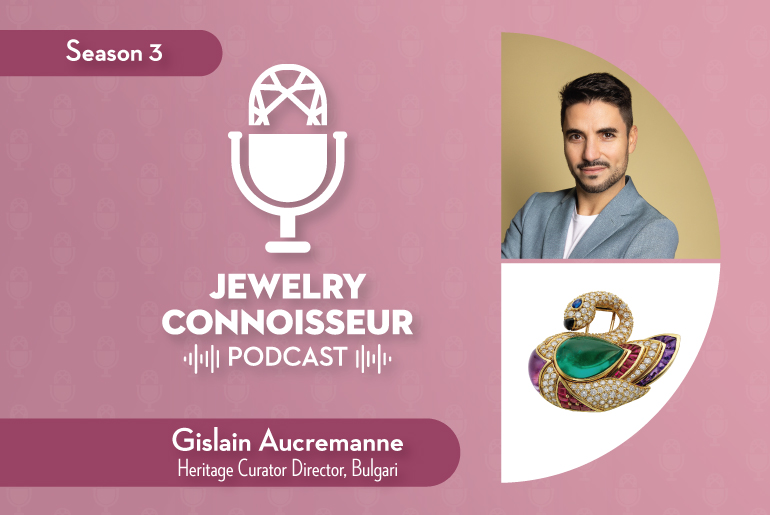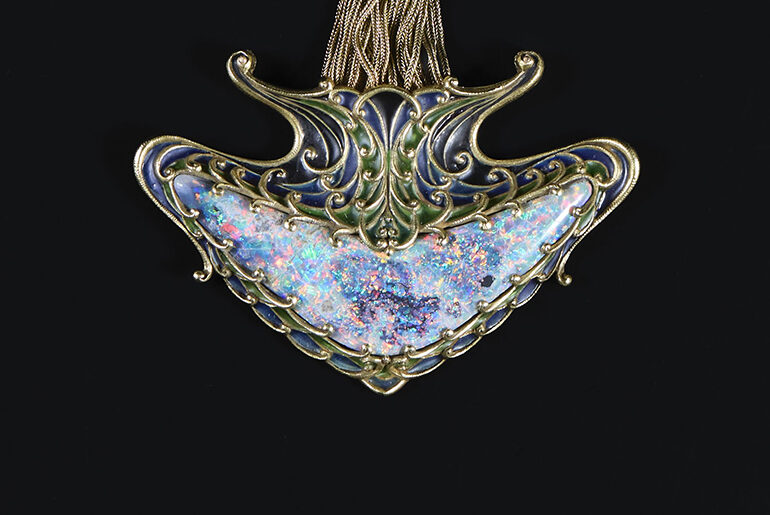Designer Aja Raden follows up her best seller Stoned with an exposé about lies, including a chapter examining natural and synthetic diamonds.
From an early age we are admonished, shamed and punished for lying, but what if that simplistic view is itself a big fat lie? Aja Raden, New York Times best-selling author of Stoned: Jewelry, Obsession, and How Desire Shapes the World, delivers The Truth About Lies, a thought-provoking narrative that deconstructs a collection of nine original lies from which all others stem.
Raden’s quick wit, fortified with anecdotes, will entice you down memory lane, holding your hand while you open doors to prior choices. An experienced jeweler, a trained scientist and a well-read historian, she combines logical thinking with a shrewd analysis of human behavior, presented against the backdrop of historical events.

Getting unreal
The Truth About Lies is not a sequel to Raden’s previous best-seller, yet it delves deeper into some of its themes, unmasking the motivations behind obsessive conduct, gluttony, insecurities and ego, which make individuals and communities lie.
“Stoned examined why people value certain things more than others. While this book is not explicitly about jewelry (although there are jewels in it), chapters about the gold rush, diamonds, and art forgeries query preconceived notions and convictions. In that sense, I think it is an indirect but sequential follow up to Stoned,” Raden tells Jewelry Connoisseur.
When asked how jewelry plays a role in her discovery of the human belief system, she points out that when we consider motives behind a lie, we’ll frequently find treasure. The nine lies are presented via three parts: the lies we tell each other, lies we tell ourselves and lies we all agree to believe, with the latter being particularly treasure-heavy.

The diamond thesis
While in Stoned, Raden deconstructed the diamond industry, in The Truth About Lies, she takes this a step further. “The myth of diamonds may be the best long con in history,” she declares.
The idea that diamonds are rare and precious is “a lie we choose to believe,” she says. Industry stakeholders may find comfort in her explanation of how the “diamond lie,” told over a century, has become a self-fulfilling prophecy where the story has become the reality. Raden also challenges the claim that lab-grown diamonds are greener, explaining how synthetics have a larger carbon footprint than natural diamonds.
“Diamonds, money, and art are significantly load-bearing in terms of society,” Raden elaborates. “Questions like, ‘Is money real? What are things worth?’ Those are lies we agree to believe, and that’s where it gets tricky and hazy on what precisely is lying as a construct. If we are all doing it and conforming to it collectively, is it even a moral question or is it a structural-integrity question in terms of civilization?”
Some will be intrigued by her carefully constructed diamond thesis, others entertained and many offended. This is what makes the book a delightful read — full of drama, humor and scandalous suggestions packaged in Raden’s intelligent, power-packed tone.





Comments are closed.